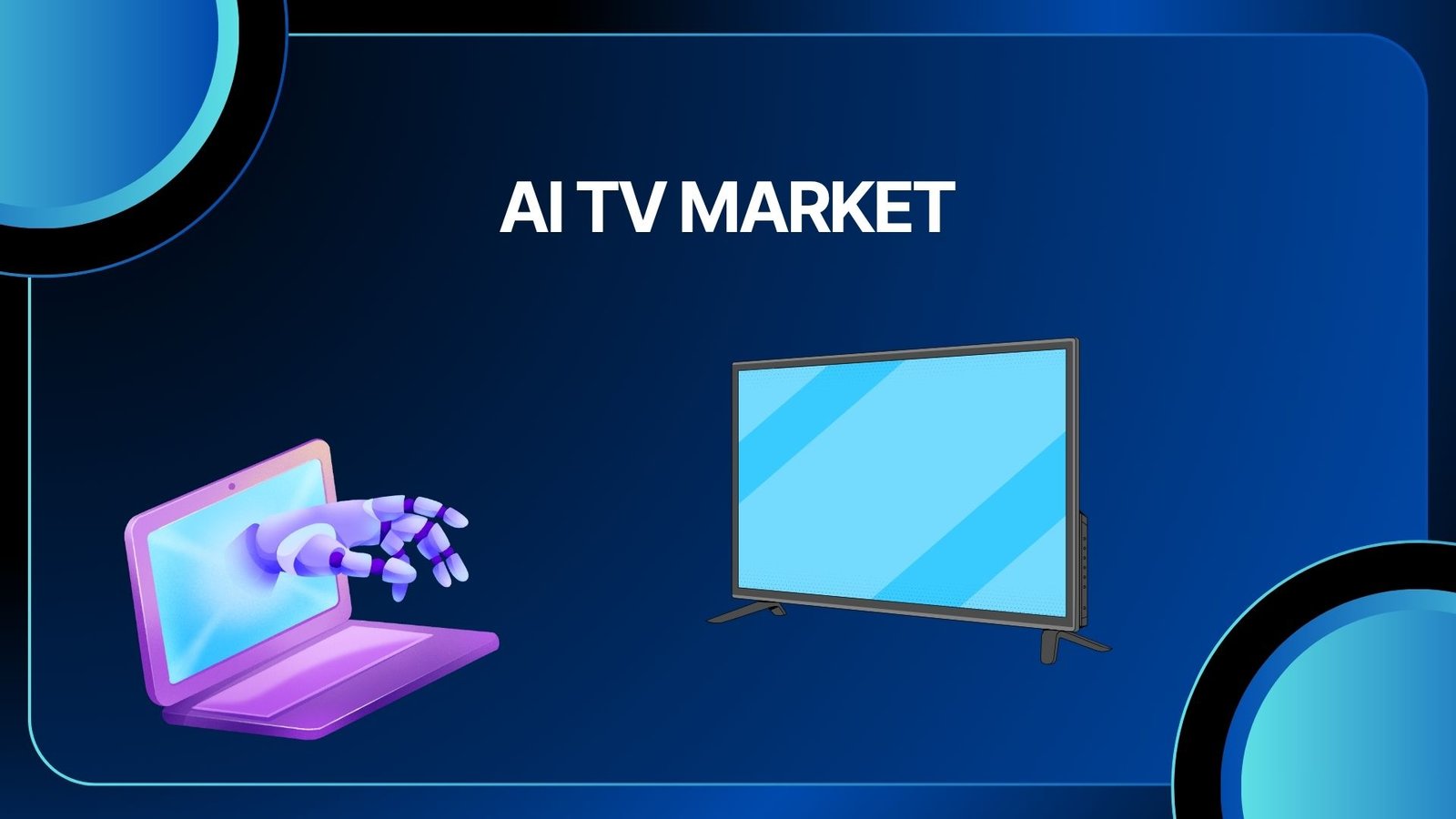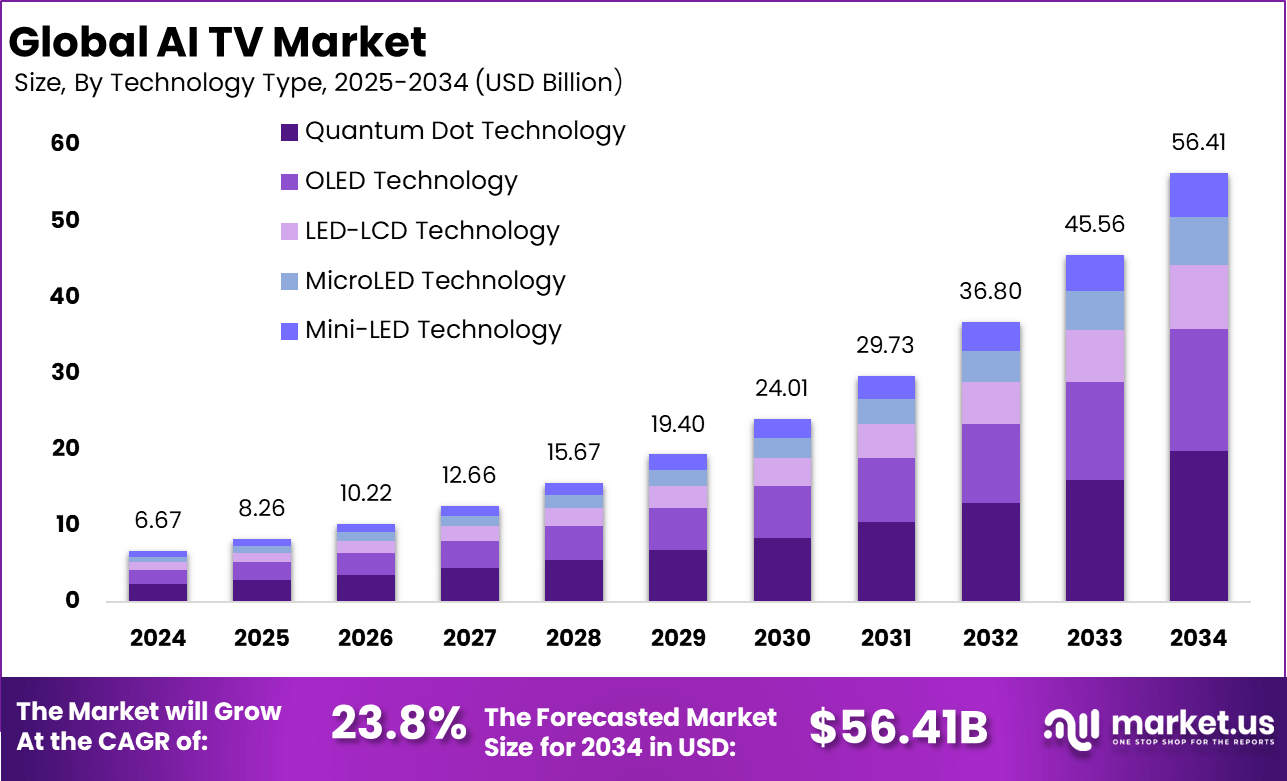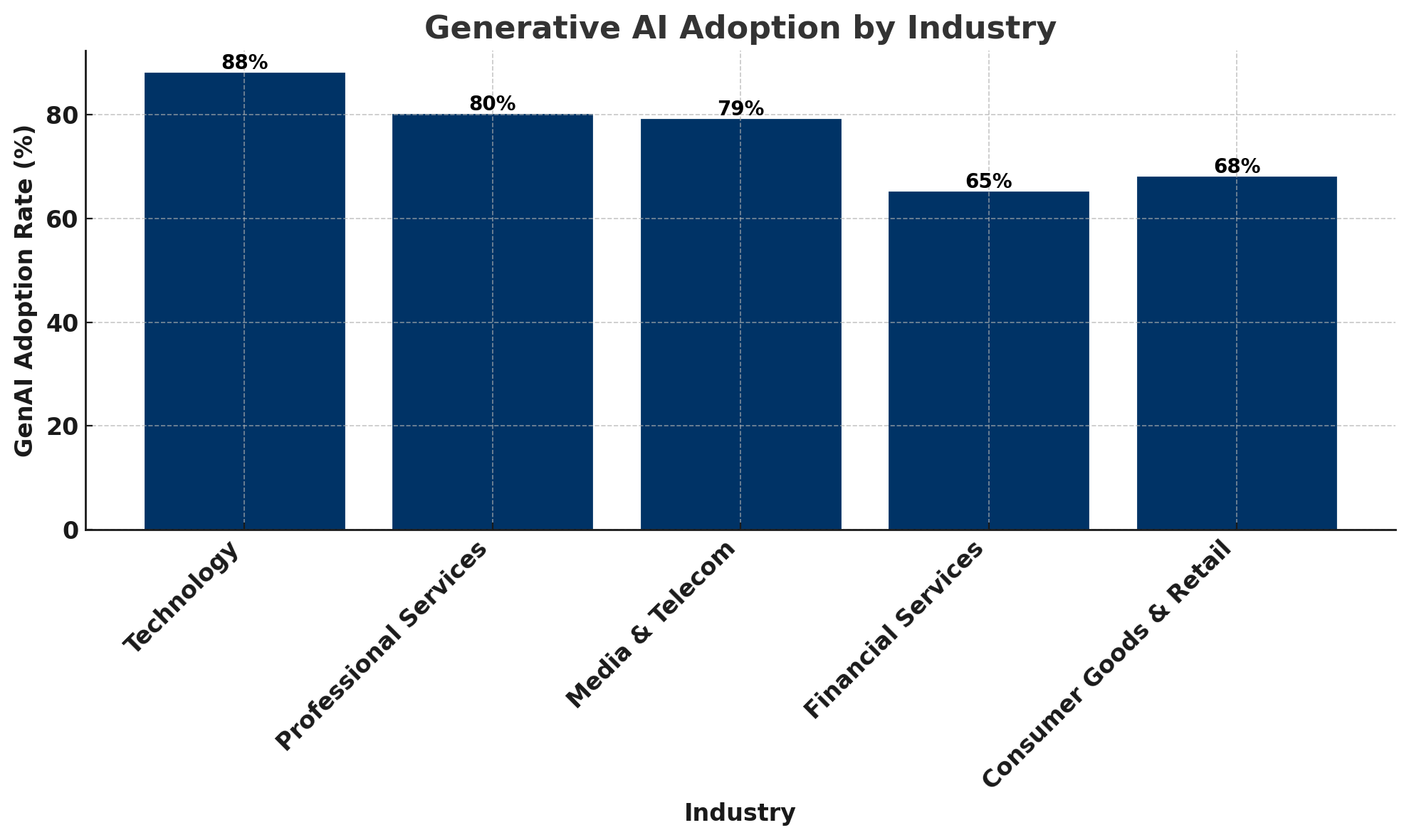AI TV Market to hit USD 56.41 billion by 2034
Updated · Oct 16, 2025

WHAT WE HAVE ON THIS PAGE
AI TV Market size
According to Market.us, The Global AI TV Market is projected to reach USD 56.41 billion by 2034, rising from USD 6.67 billion in 2024 at a CAGR of 23.8% between 2025 and 2034. In 2024, North America held a leading position with over 32.4% of the global share, generating approximately USD 2.16 billion in revenue.
The AI TV market is experiencing rapid growth driven by diverse factors. One key driver is the rising consumer appetite for personalized and smarter viewing experiences. AI technologies like machine learning and voice recognition empower TVs to tailor content recommendations and optimize picture quality automatically. This creates a more engaging and convenient user experience, fueling demand worldwide.
Furthermore, AI TVs increasingly serve as hubs within smart home ecosystems, connecting seamlessly with devices like speakers and lighting, which enhances their appeal. Internet penetration and streaming service expansion globally further accelerate this trend. For example, around 45% of North American households had at least one smart or AI-enabled TV by 2023, illustrating growing adoption.

Demand analysis reveals that consumers highly value features such as voice control, gesture recognition, and AI-powered content curation. These intelligent functionalities reduce friction in content discovery and enrich entertainment. The evolving ecosystem also benefits from improvements in display technologies, including 4K and 8K resolutions combined with AI-driven image enhancement, driving premium product sales. There is notable demand growth not only in mature markets like North America and Europe but also in Asia-Pacific, where increasing middle-class incomes bolster AI TV uptake.
Several technologies underpin AI TV adoption. Core among these are advanced processors and sensors that facilitate real-time AI computations on the device, alongside sophisticated AI algorithms for content personalization. Voice assistants integrated into TVs, such as Google Assistant, Alexa, and Siri, enable natural human-computer interaction, which simplifies control and enhances accessibility. AI-powered video compression technologies also improve streaming quality by dynamically adjusting content to network conditions, minimizing buffering interruptions. Together, these technologies offer a compelling reason for consumers to transition from traditional to AI-enabled TVs.
Key Takeaway
- Quantum dot technology holds about 35.2%, showing strong interest in better color performance and sharper visuals.
- Screens sized 32 to 43 inches make up nearly 32.6%, indicating steady demand for compact, affordable AI TVs.
- Residential users account for around 38.8%, confirming that AI TVs are now a common choice for home entertainment.
- Wi-Fi–enabled models capture about 35.5%, reflecting consumer expectations for connectivity and smart functionality.
- Mid-range TVs priced between $500 and $1,000 hold roughly 40.6%, balancing cost with premium features.
- North America represents close to 32.4%, supported by strong streaming usage and widespread digital adoption.
- The U.S. shows a fast-growing market, with a CAGR of 20.7% pointing to expanding interest in AI-powered smart televisions.
Investment and Business Benefits
Investment opportunities within the AI TV market are robust, fueled by the continuous advancement of AI hardware and software components. Lower costs in AI processors and sensors are making AI-enabled TVs more accessible, incentivizing manufacturers to expand their portfolios. There are also opportunities in AI software innovation, including smarter recommendation engines and advanced voice interaction systems.
Geographic expansion, particularly in emerging markets with rising internet penetration and bigger middle classes, presents significant potential. Continuous R&D investment focused on AI enhancement and smart home integration remains a priority for leading industry players. The business benefits of adopting AI TV technology include enhanced user satisfaction, which can translate into higher retention for content platforms linked to these devices.
For manufacturers and service providers, AI TVs provide a competitive edge by differentiating offerings through unique smart features. AI also enables real-time data analytics on viewer behavior, allowing tailored marketing and advertising strategies that can drive revenue growth. Operational efficiencies are gained through autonomous content and quality management powered by AI, reducing manual oversight requirements.
Role of Generative AI in AI TV
Generative AI has become a crucial driver in transforming AI TV by enabling more personalized and immersive viewing experiences. In 2024, generative AI automated many content-related processes such as creating multiple versions of the same content for different platforms and formats, speeding up video editing by automatically identifying highlights, and enhancing localization with AI-powered dubbing and subtitling.
These capabilities helped content providers save time and costs while improving the reach and engagement of TV content. Recent estimates suggest around 50% of online TV content consumption now involves AI-enabled devices, underscoring the growing importance of generative AI in media. Generative AI also enables real-time interactivity and customization within AI TV systems.
Viewers can experience interactive shows where AI adapts storylines based on user choices, providing a more engaging and unique entertainment experience. Additionally, AI’s role in verifying content authenticity to combat misinformation is gaining traction, helping broadcasters maintain trust and credibility. The combination of personalization, efficiency, and content verification driven by generative AI is setting the stage for AI TV’s rapid evolution in 2025.

Emerging Trends in AI TV
One of the prominent emerging trends in AI TV is the increased adoption of AI-driven content personalization and immersive viewing experiences. Studies indicate that 45% of North American households owned smart TVs in 2023, with this number steadily rising as consumers seek tailored entertainment options.
AI TVs now integrate features like voice control, gesture recognition, and seamless smart home connectivity, all contributing to more intuitive and convenient viewing environments. The integration of next-gen display technologies, such as OLED and QLED, paired with AI enhancements, satisfies over 40% of consumers prioritizing picture quality and energy efficiency.
Another key trend is the rise of AI-enabled real-time content discovery and interactive programming. Viewers increasingly demand more control over what they watch, with AI algorithms dynamically recommending content or generating customized short-form clips and trailers. This trend aligns with a broader shift towards immersive media experiences where AI assists in editing, repurposing, and enhancing broadcasting workflows. By 2025, up to 50% of TV content online is expected to be consumed through AI-enabled devices, clearly marking a shift in how entertainment is accessed and enjoyed.
Growth Factors for AI TV
The growth of AI TV is strongly supported by consumer demand for more personalized entertainment coupled with smart home integration. Around 45% of households in North America had AI-enabled TVs by 2023, with a rising trend as users appreciate seamless home automation and interactive content. Additionally, the deployment of 5G networks boosts content streaming quality and speed, supporting AI features like real-time content recommendations and remote diagnostics, further driving consumer uptake.
Technological advances in display quality and energy efficiency also encourage consumer purchases. More than 40% of users consider OLED and QLED enhanced by AI as important factors in choosing their TV, thanks to superior visuals and lower electricity consumption. These factors, combined with faster networks and smarter AI algorithms, create a virtuous cycle of growing user satisfaction and technology adoption fueling sustained market expansion.
Key Market Segments
By Technology Type
- Quantum Dot Technology
- OLED Technology
- LED-LCD Technology
- MicroLED Technology
- Mini-LED Technology
By Screen Size
- Below 32 inches
- 32 to 43 inches
- 44 to 55 inches
- 56 to 65 inches
- Above 65 inches
By Application
- Residential Use
- Commercial Use
- Educational Institutions
- Healthcare Facilities
- Hospitality Sector
By Connectivity Features
- Wi-Fi Enabled
- Bluetooth Enabled
- HDMI Ports
- USB Ports
- LAN Connectivity
By Price Range
- Budget TVs (Under $500)
- Mid-Range TVs ($500$1,000)
- Premium TVs ($1,000$2,500)
- Luxury TVs (Above $2,500)
Top Key Players in the Market
- TCL
- LG
- Sony
- Samsung
- Haier
- Xiaomi
- PHILIPS
- Skyworth
- TOSHIBA
- Hisense
- Changhong
- Other Major Players
Source of information – https://market.us/report/ai-tv-market/

After graduating in Electrical Engineering, Maitrayee moved into writing after working in various technical roles. She specializes in technology and Artificial Intelligence and has worked as an Academic Research Analyst and Freelance Writer, focusing on education and healthcare in Australia. Writing and painting have been her passions since childhood, which led her to become a full-time writer. Maitrayee also runs a cooking YouTube channel.









